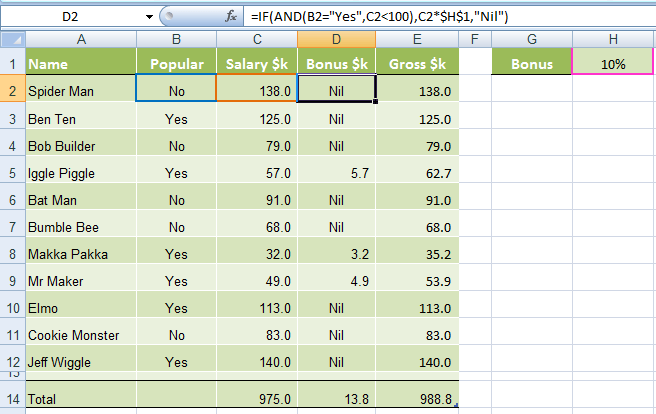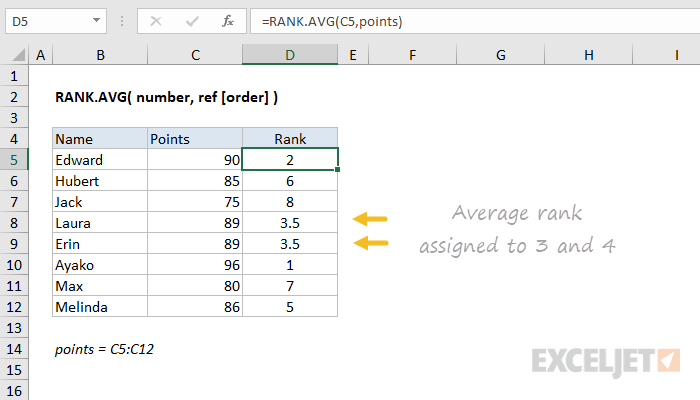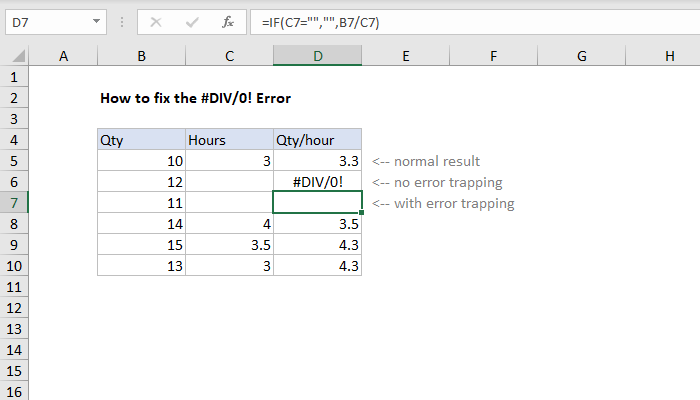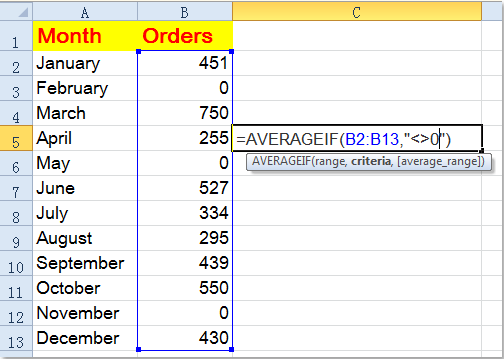SUMA1A9MAX1COUNTIFA1A90COUNTIFA1A9. The function COUNTIF will count up the cells in a range that meet a criteria.

How To Use The Excel Sum Function Exceljet
Average Sum of values numbers number of values numbers AVERAGEIF function returns the average of the numbers which satisfies the condition.

Excel formula average of non zero. To calculate an average excluding blank values in a criteria range you can use the AVERAGEIFS function and a simple logical expression. Select a blank cell enter formula AVERAGE IF MOD COLUMN C2G2-COLUMN C220IF C2G2C2G2 into the Formula Bar and then press the Ctrl Shift Enter keys simultaneously. Average non zero values.
By using the AVERAGEIF function with criteria expression Not Equal to Zero 0 you will average cells ignoring zero and Blank values. I will be adding additional values or zeros each week for a total of 15 weeks. I have done a lot of research and have discovered that there are many ways to accomplish this - far too many for me to.
The formula in this case would be. In the example shown the formula in E6 is. I am using Excel 2010.
AVERAGE of last 3 non zero values in Excel We use the AVERAGE function IF ROW LARGE function. This concept is easy to grasp. AVERAGEIFS price group where price C5C15 and group D5D15 are named ranges.
What may not be as easy is how you get an average that excludes zero. In the example shown the formula in F6 is. AVERAGE function can be used to find the average value or arithmetic mean of values in a selected range of cells.
To calculate the average ignoring zeros you can use the AVERAGEIF Function. We just use the average function in Excel. There are a few formulas for computing the average of non-zero values in a range.
However what happens if we want the average of only the NON ZERO Values. Average a range of data ignoring zeroes with formula. The following screenshot demonstrates two formulas for average in Excel and different results they return.
If you are using Excel 200720102013 this simple AVERAGEIF function can help you to solve this problem quickly and easily. Exit Function Dim i As Long lower_rng As Range str As String Set lower_rng rng If rngRow 1 Then str rngOffset-1 0Text While str 0 And Lenstr 0 And IsNumericstr And rngRow 1 Set rng rngOffset-1 0 str rngOffset-1 0Text Wend If lower_rngRow RowsCount Then str lower_rngOffset1 0Text Else str While str 0 And Lenstr 0. If no cells in the range meet the criteria AVERAGEIF returns the DIV0.
I have a row of 15 cells with values in the first 10 cells some of which are zeros. The formula AVERAGEA 2TRUE returns 15 which is the average of 2 and 1. Here we are given the data and we needed to find the AVERAGE of the numbers ignoring blank cells in Excel Generic formula.
To exclude zero values youd use the criteria 0. If a cell in criteria is empty AVERAGEIF treats it as a 0 value. In simple words Average of numbers is the ratio of sum of the numbers to the total number of values in the data.
Excel allows you to use functions and formulas to analyze your data. I believe it is the syntax OPs formula is. One way you can analyze your data is to use the AVERAGE function to find out the average of a range of values.
For example AVERAGE 1234 returns 25 as the result. The AVERAGE Function calculates the average of a set of numbers including zeros. For example the formula AVERAGEA 2FALSE returns 1 which is the average of 2 and 0.
If range is a blank or text value AVERAGEIF returns the DIV0. To get the average of a set of numbers excluding or ignoring zero values use the AVERAGEIF function. If a cell in average_range is an empty cell AVERAGEIF ignores it.
Enter this formula AVERAGEIFB2B130 in a blank cell besides your data see screenshot. Specifically the function in C6 AVERAGEIFB2B50 averages the values in B2B5 only if they dont equal 0. IF A1A440AVERAGE A1A44 which will work if A1 is neither zero nor blank if A1 is blank or 0 it will.
It is quite easy to work out the average of a series of numbers. Public Function special_averagerng As Range If rngValue 0 Then special_average. If the OP got FALSE he must have a zero in the first cell.
The Boolean value of TRUE evaluates as 1 and FALSE evaluates as 0. Excel Formula Average Of Non-zero. The formula in this case would be.
The combination of these will result in the average. In the formula C2 and G2 are the first and last cells of the non-adjacent cells. Ignore Zero Values With AVERAGEIF Function This example calculates the Average Score of 5 teams while ignoring Scores with a value of 0.
In this article we will learn about how to get the Average of numbers ignoring zero in Excel. Get the average of the last 5 non-zero cells in a row not column.

Excel Formula Most Frequently Occurring Text Exceljet

Excel If And Or Functions Explained My Online Training Hub

Excel Formula Average Numbers Ignore Zero Exceljet

How To Use The Excel Rank Avg Function Exceljet

Excel Formula How To Fix The Div 0 Error Exceljet

How To Use The Excel Abs Function Exceljet

Excel Formula Last Row Number In Range Exceljet

How To Average A Range Of Data Ignoring Zero In Excel

How To Use The Excel Geomean Function Exceljet
Tidak ada komentar:
Posting Komentar